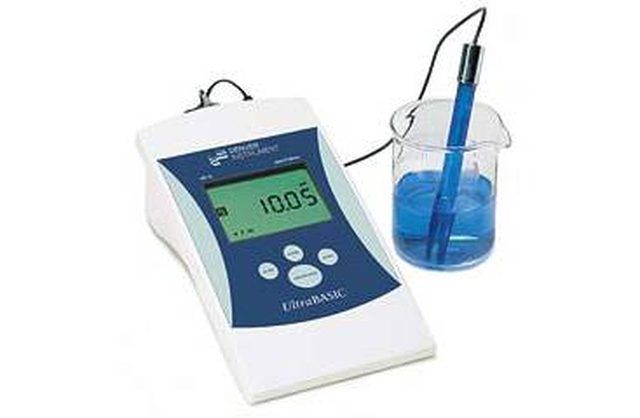Bulbs
Flower Basics
Flower Beds & Specialty Gardens
Flower Garden
Garden Furniture
Garden Gnomes
Garden Seeds
Garden Sheds
Garden Statues
Garden Tools & Supplies
Gardening Basics
Green & Organic
Groundcovers & Vines
Growing Annuals
Growing Basil
Growing Beans
Growing Berries
Growing Blueberries
Growing Cactus
Growing Corn
Growing Cotton
Growing Edibles
Growing Flowers
Growing Garlic
Growing Grapes
Growing Grass
Growing Herbs
Growing Jasmine
Growing Mint
Growing Mushrooms
Orchids
Growing Peanuts
Growing Perennials
Growing Plants
Growing Rosemary
Growing Roses
Growing Strawberries
Growing Sunflowers
Growing Thyme
Growing Tomatoes
Growing Tulips
Growing Vegetables
Herb Basics
Herb Garden
Indoor Growing
Landscaping Basics
Landscaping Patios
Landscaping Plants
Landscaping Shrubs
Landscaping Trees
Landscaping Walks & Pathways
Lawn Basics
Lawn Maintenance
Lawn Mowers
Lawn Ornaments
Lawn Planting
Lawn Tools
Outdoor Growing
Overall Landscape Planning
Pests, Weeds & Problems
Plant Basics
Rock Garden
Rose Garden
Shrubs
Soil
Specialty Gardens
Trees
Vegetable Garden
Yard Maintenance
How to Use a pH Meter
How to Use a pH Meter. Whether you are a chemist, environmentalist or home gardener, you may find yourself needing to measure the acidity or alkalinity of a certain liquid. The best way to do this is by using a pH meter. Easy and accurate, a pH meter needs to simply be calibrated before each use. Here is a simple guide to calibrating and using a...

Whether you are a chemist, environmentalist or home gardener, you may find yourself needing to measure the acidity or alkalinity of a certain liquid. The best way to do this is by using a pH meter. Easy and accurate, a pH meter needs to simply be calibrated before each use. Here is a simple guide to calibrating and using a pH meter.
Things You'll Need
pH meter
Storage solution
Calibration solution
Sample solution
Make sure that the pH probe you are using has been stored in a storage solution or a pH 4 solution. If this is not the case, soak the probe in distilled water for at least 24 hours.
Check that the meter is set in pH mode, and then rinse the probe of your meter in distilled water. Shake it off before placing it in a pH 7 solution for calibration.
Let the probe remain in the solution for at least 30 seconds to allow time for the meter to stabilize, and then adjust the meter so that it reads pH 7.
Rinse once again and then place it into a pH 4 solution, giving time for the meter reading to stabilize. Adjust the meter so that it reads pH 4. Your meter has now been calibrated.
Rinse the probe once again as you have done before and shake off any excess liquid. The probe is now ready to be placed in your sample liquid.
After allowing the pH reading to settle as you have done before, take the pH reading of your sample.
Store the probe in storage solution or a pH 4 solution when finished measuring.
Tips & Warnings
Do not reuse your calibration solutions or pour them back into your solution bottles, thereby contaminating unused solution.